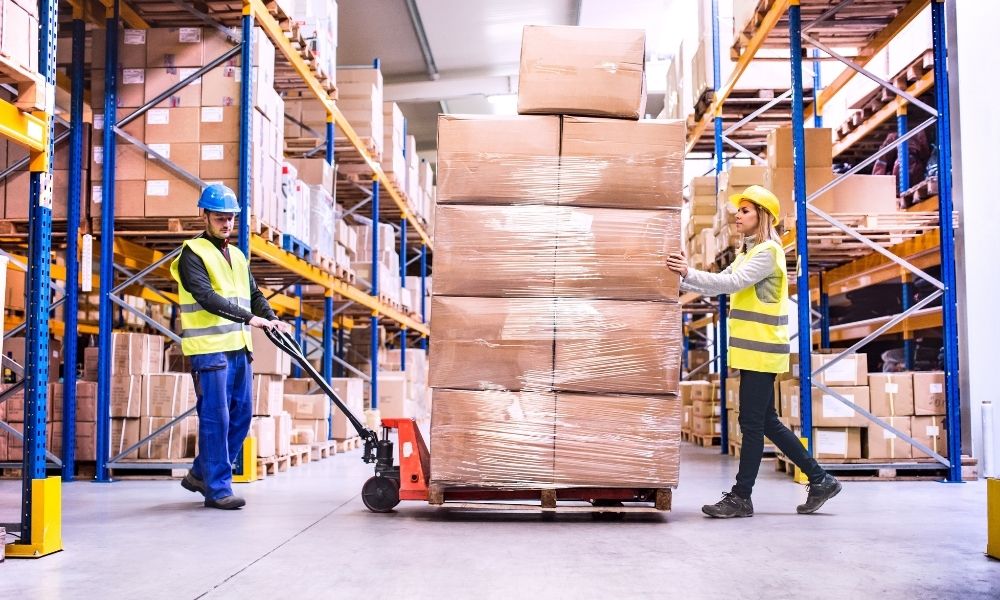Packing items on pallets requires planning, attention to detail, and following certain procedures. Workers should stay mindful when they pack products, doing it in the safest way possible. Occasionally, some workers will make errors in packing. Those errors can lead to lost products, broken pallets, and even workplace injuries. To ensure safe product transportation, read these common pallet packing mistakes to avoid.
Product Overhang
There are many different ways to stack your products. You should choose a method that helps avoid the common mistake of overhang. This is when products hang off the side of the pallet slightly, putting them in danger of falling. Avoid this error by setting up the bottom layer of products first. Put them in a specific pattern where all items fit, then do the next stack in the same way.
Label Errors
Don’t forget to label your shipments. Make sure all details, like shipping information and safety precautions, are labeled on your pallets. If the items are fragile or unsafe for stacking, there should be a label to indicate that. Pallets should also include consignee information.
Incorrect Sizing
Using the wrong size pallet is another one of the common pallet packing mistakes to avoid. The universal size for pallets is 48 by 40 inches, but there are plenty of other options. If you continually find that your products won’t fit on the pallet no matter how you organize them, consider buying a different size. There are even custom-size pallets you can order.
Unsecured Products
Secured products start with a pallet that’s in good condition. Make sure there are no splits or cracks forming on your pallet before you pack. Be sure to use enough shrink wrap to secure your stacks on top of the pallet. In some cases, you may need polypropylene, polyester, or steel strapping. Certain products such as bags and fluid containers often need plywood or heavy cardboard in between each layer to be fully secure.
Disorganized Stacking
When you stack products on a pallet, you should always stack them in rows. Make sure each layer you make is flat before starting the next layer of the column. Pay attention to height, as well. In general, the height of your stack should not exceed the length, but this can depend on the type of product you are stacking, and whether or not you plan on double stacking.
To avoid using broken pallets, you can utilize pallet recycling services. First Alliance Logistics Management offers services specializing in the proper handling and recycling of broken pallets to best benefit the industry.

